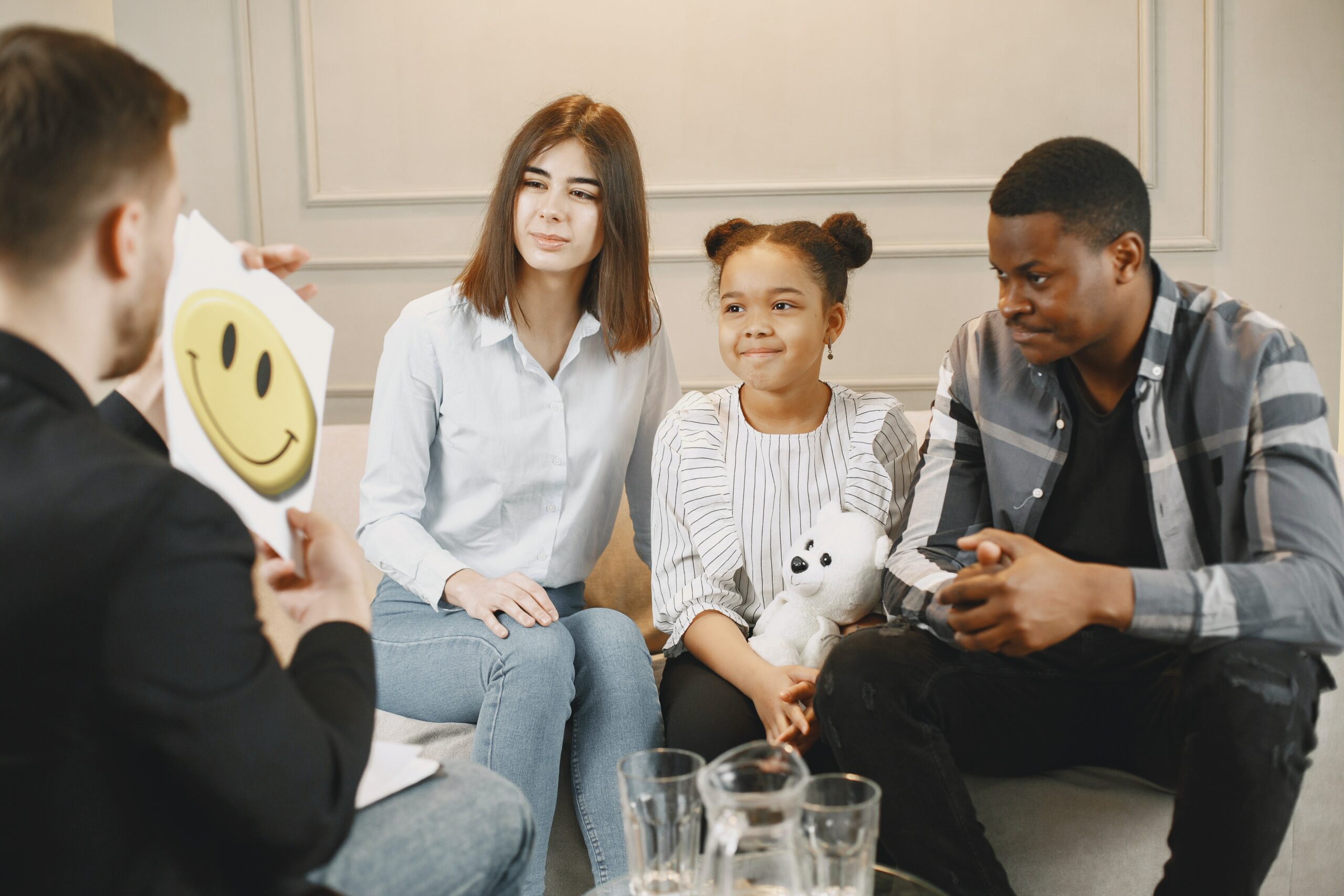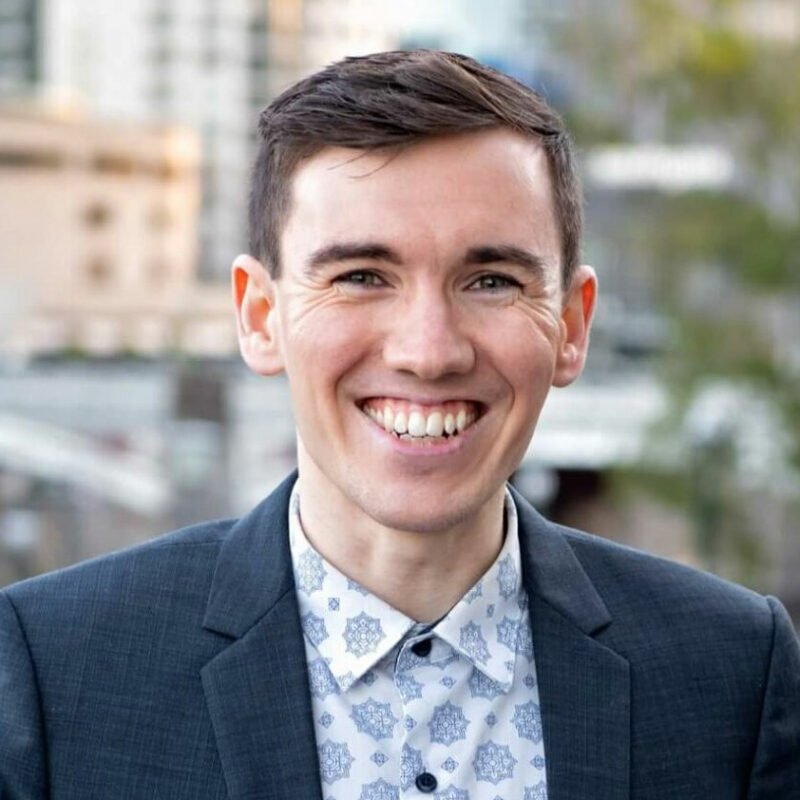The Brave Program, also known as the Brave Child and Adolescent Program, is a structured and evidence-based cognitive-behavioural therapy (CBT) program developed to help children and adolescents who experience anxiety disorders. This program is specifically designed to address a range of anxiety-related issues and promote emotional well-being in young individuals. Here are the key components and features of the Brave Program:
- Evidence-Based Approach: The Brave Program is based on well-established principles of cognitive-behavioural therapy, which is considered one of the most effective treatments for anxiety disorders in children and adolescents.
- Targeted for Anxiety Disorders: The program is primarily designed to treat various anxiety disorders that commonly affect children and teens, including generalized anxiety disorder, social anxiety disorder, separation anxiety disorder, specific phobias, and more.
- Structured Sessions: The Brave Program typically consists of structured therapy sessions led by trained mental health professionals, such as psychologists or counselors. These sessions aim to provide children and adolescents with effective strategies for managing their anxiety.
- Psychoeducation: A key component of the Brave Program is psychoeducation. Children and their families learn about the nature of anxiety, how it affects the body and mind, and why certain anxiety-related behaviors occur.
- Exposure-Based Techniques: Exposure therapy is a central element of the program. Children are gradually exposed to anxiety-provoking situations or stimuli in a controlled and supportive environment. This helps them confront their fears and learn that anxiety can decrease over time.
- Cognitive Restructuring: Cognitive-behavioural techniques are used to help individuals identify and challenge irrational or unhelpful thoughts that contribute to anxiety. Children and adolescents learn to replace these thoughts with more realistic and adaptive ones.
- Skills Training: The Brave Program equips participants with a range of practical coping skills, including relaxation techniques, problem-solving strategies, and social skills. These skills are designed to help children manage anxiety and navigate challenging situations.
- Parent Involvement: Parents or caregivers play an essential role in the Brave Program. They are actively involved in the therapy process and receive guidance on how to support their child's progress and practice the skills learned during therapy.
- Individualized Treatment: Therapy sessions are tailored to meet the specific needs and challenges of each child or adolescent. Treatment plans are adapted based on the child's progress and responses to interventions.
- Home Practice: Participants are encouraged to engage in regular home practice of the skills and strategies learned during therapy sessions. This helps reinforce learning and improve the child's ability to manage anxiety outside of therapy.
- Outcome Measurement: The Brave Program incorporates outcome measures to assess the child's progress throughout treatment. This data-driven approach allows therapists to make adjustments as needed to ensure the best outcomes.
- Prevention and Early Intervention: The program is not only used for treating existing anxiety disorders but can also serve as a preventive and early intervention tool to address anxiety-related issues before they become more severe.
The Brave Program has been widely used and researched, demonstrating its effectiveness in reducing anxiety symptoms and improving the overall well-being of children and adolescents. It offers hope and practical strategies for young individuals and their families to overcome anxiety challenges and lead healthier, happier lives.

